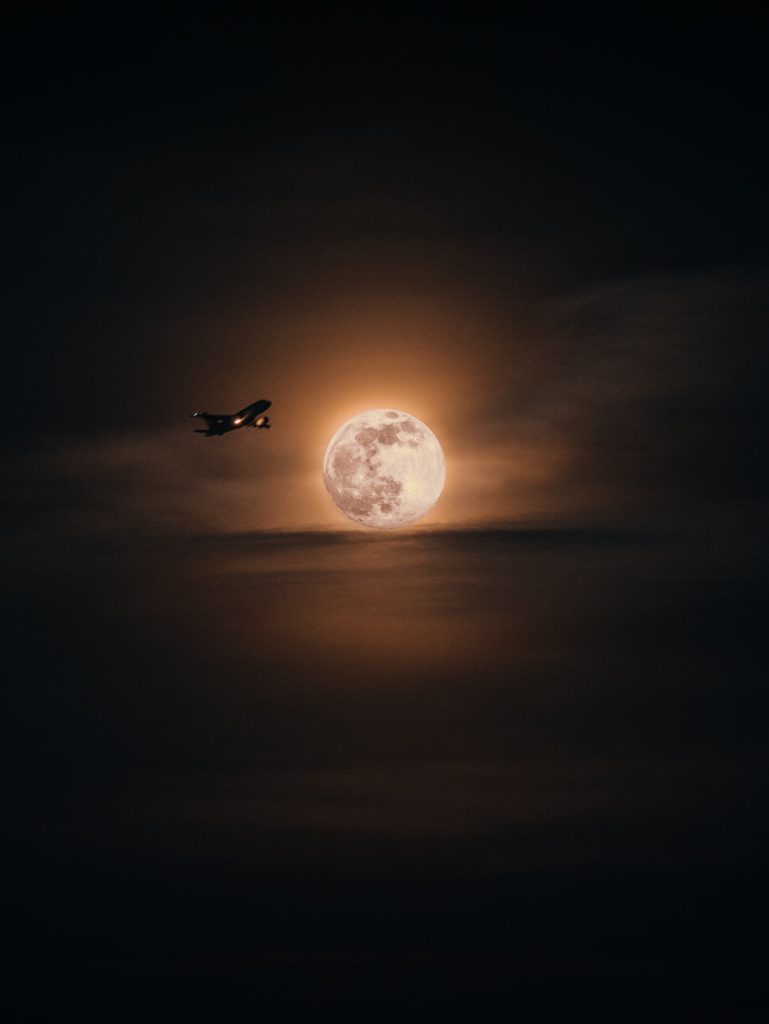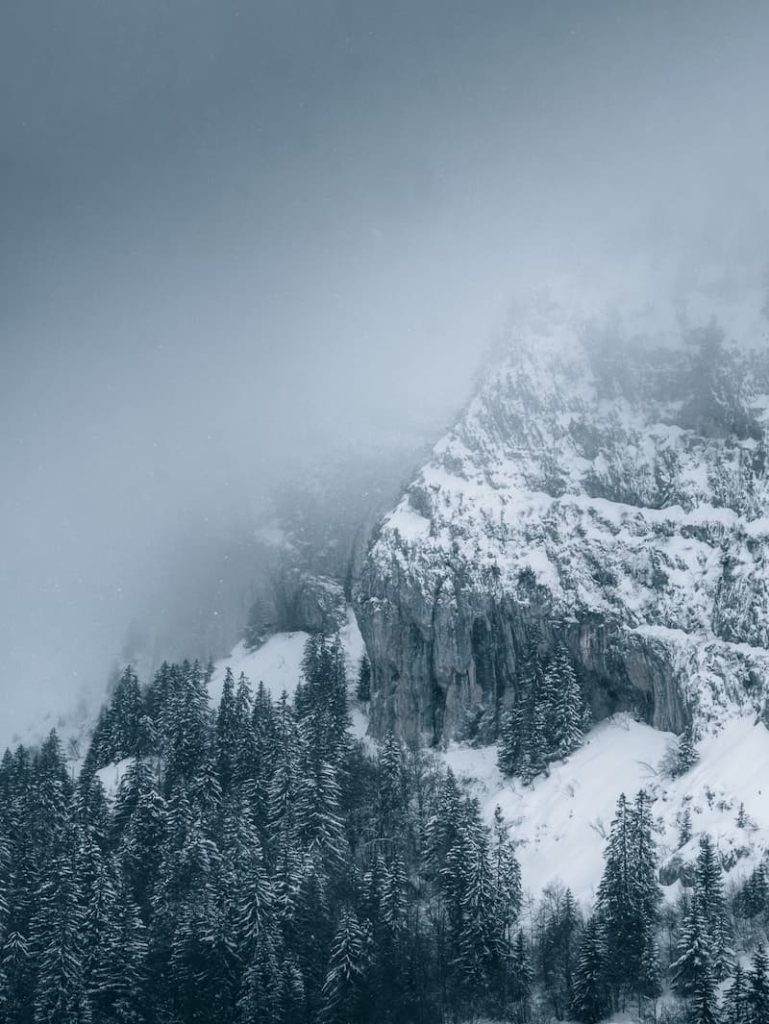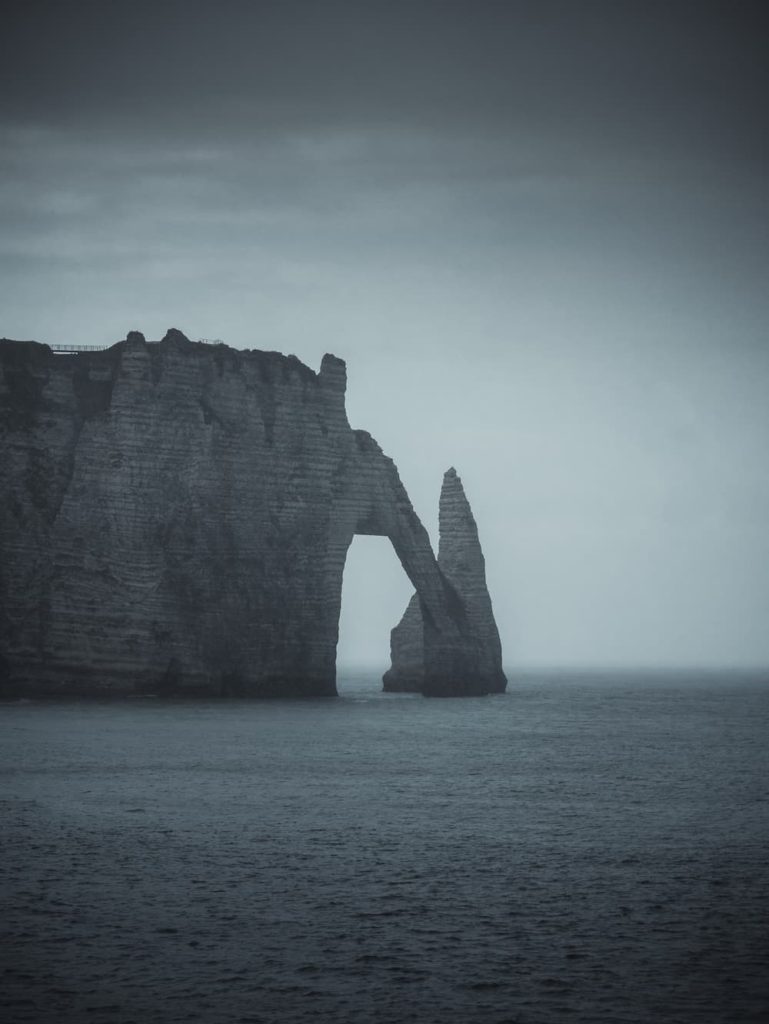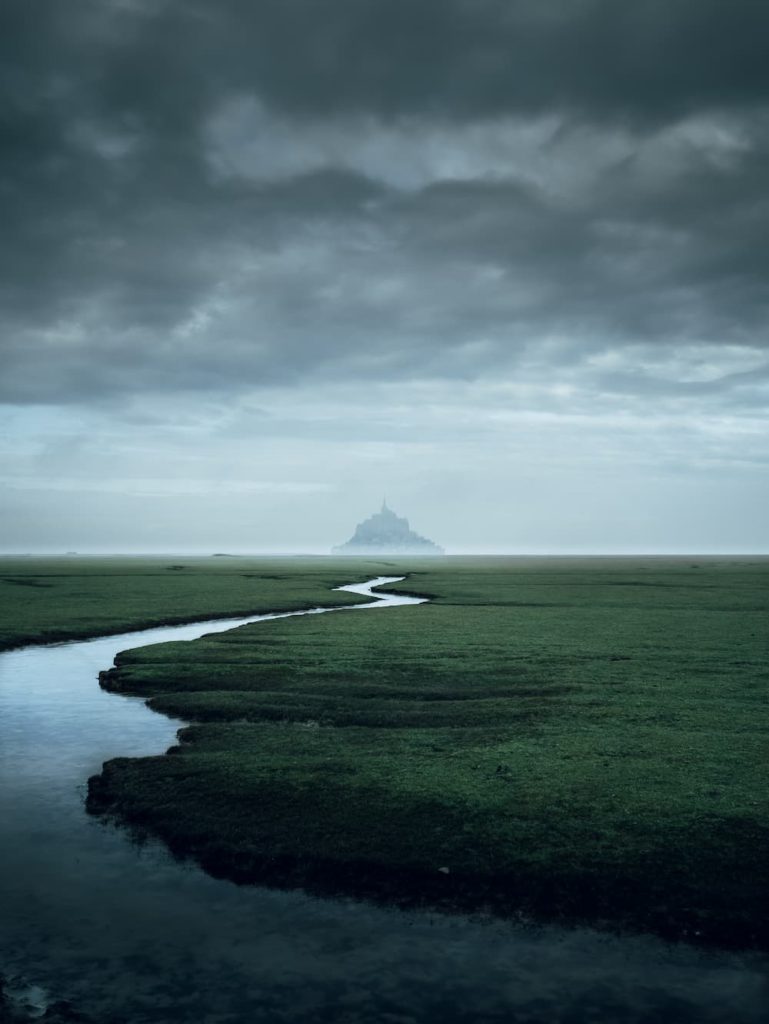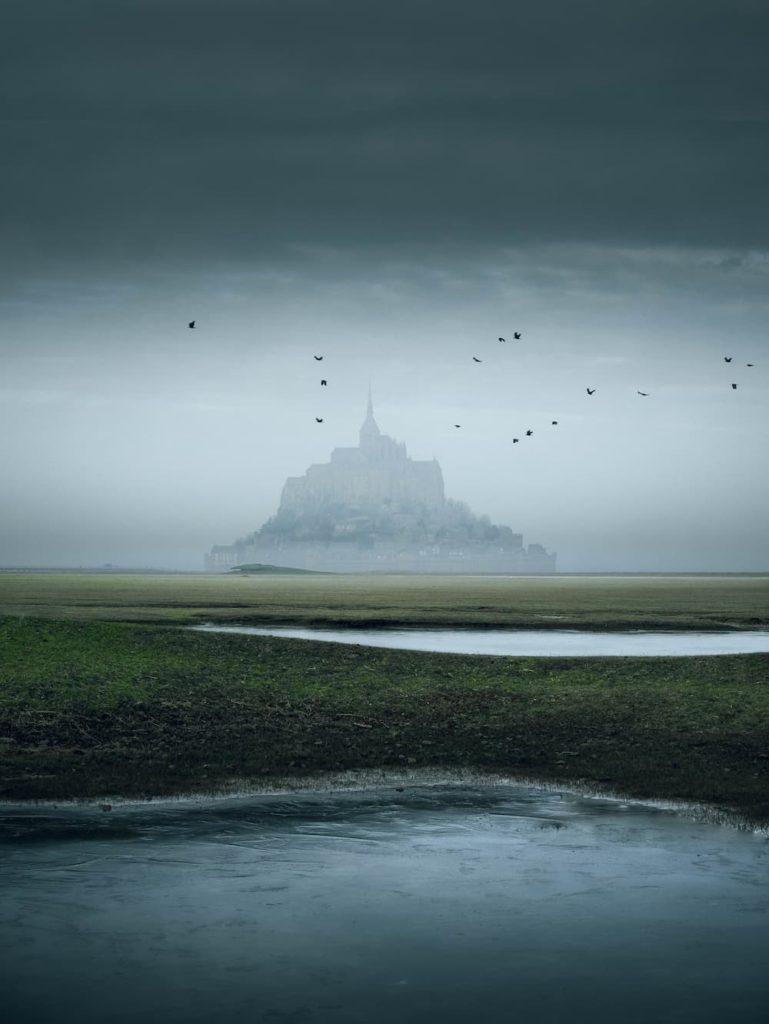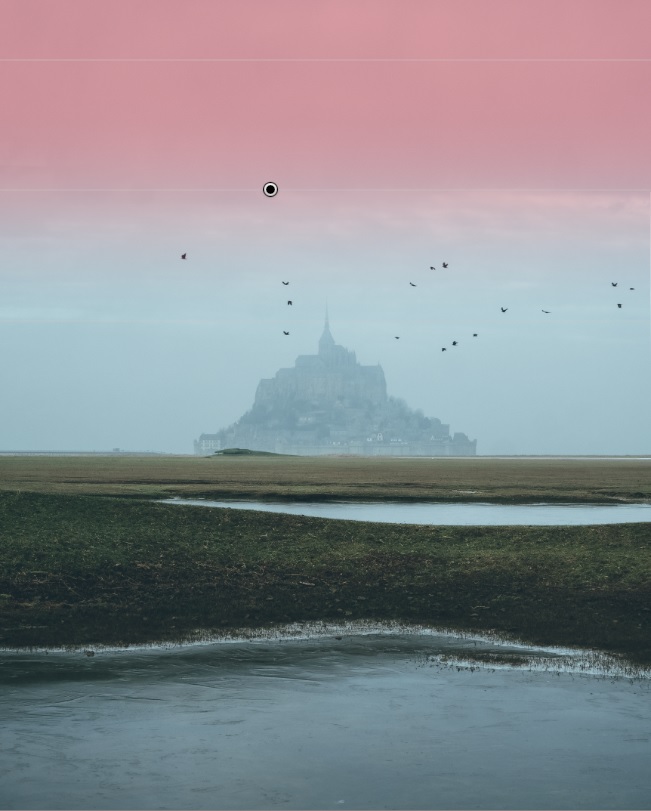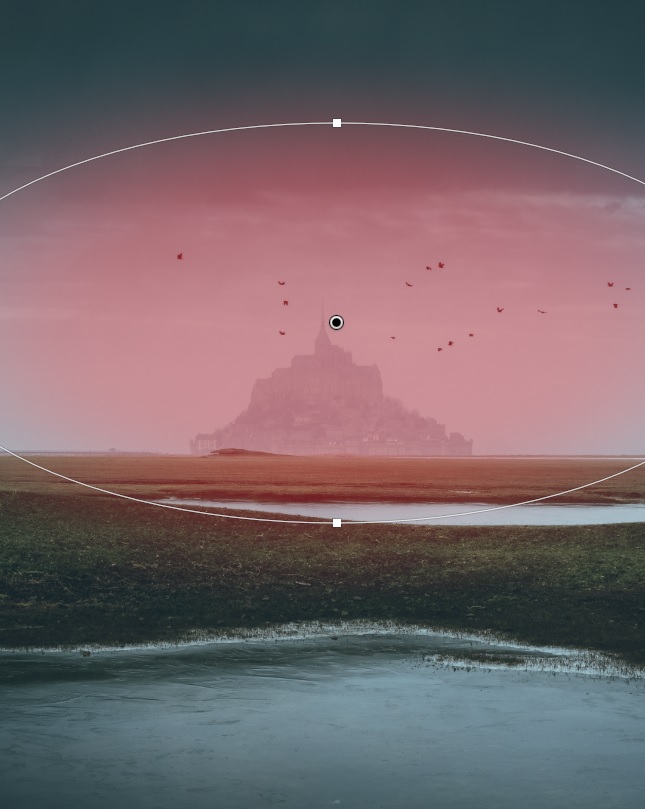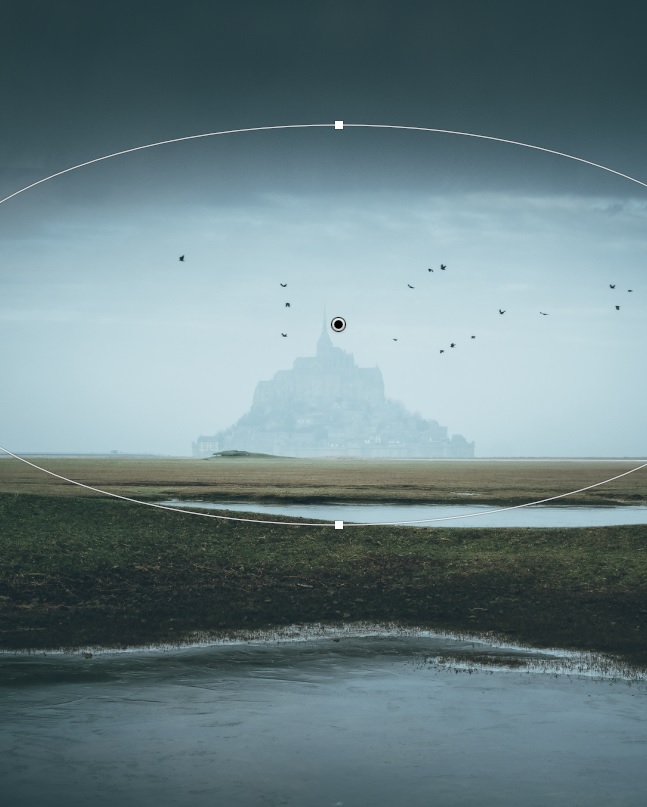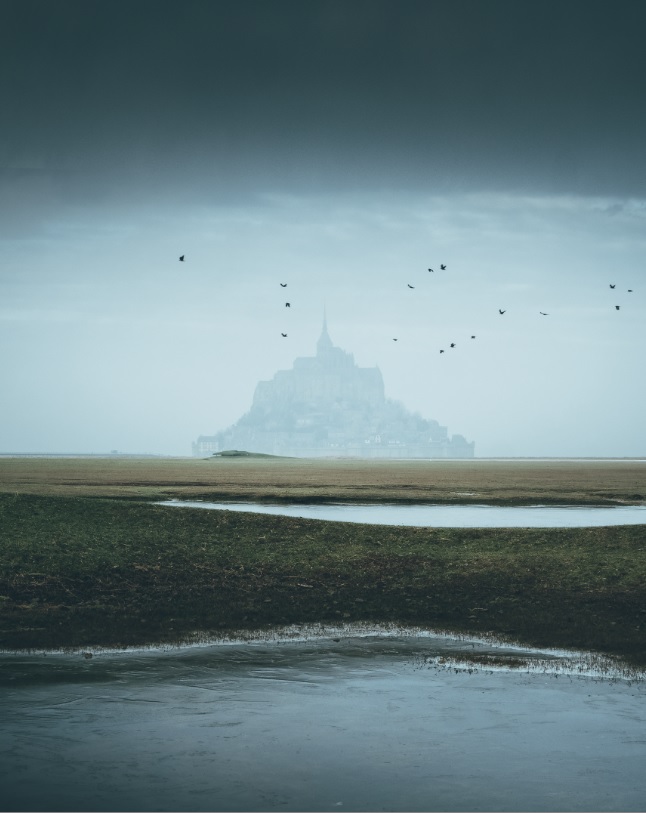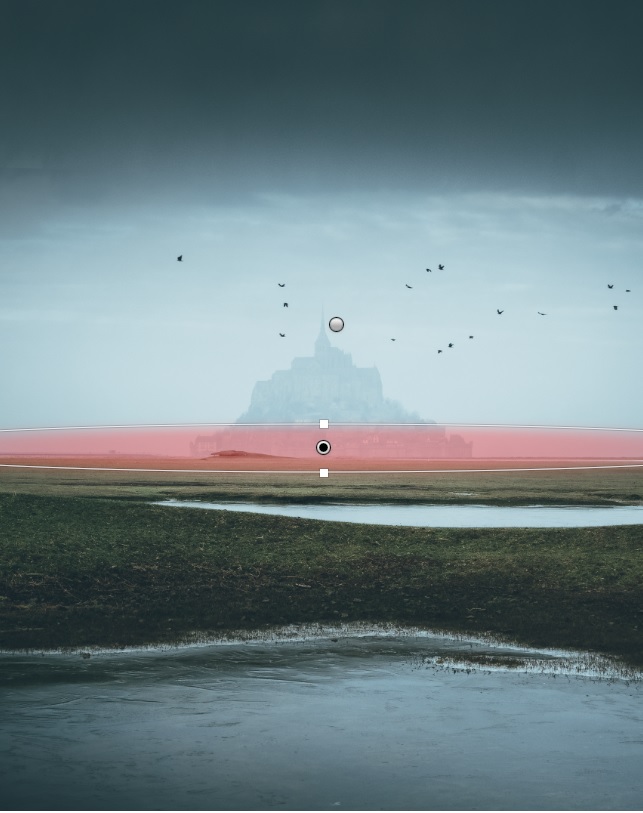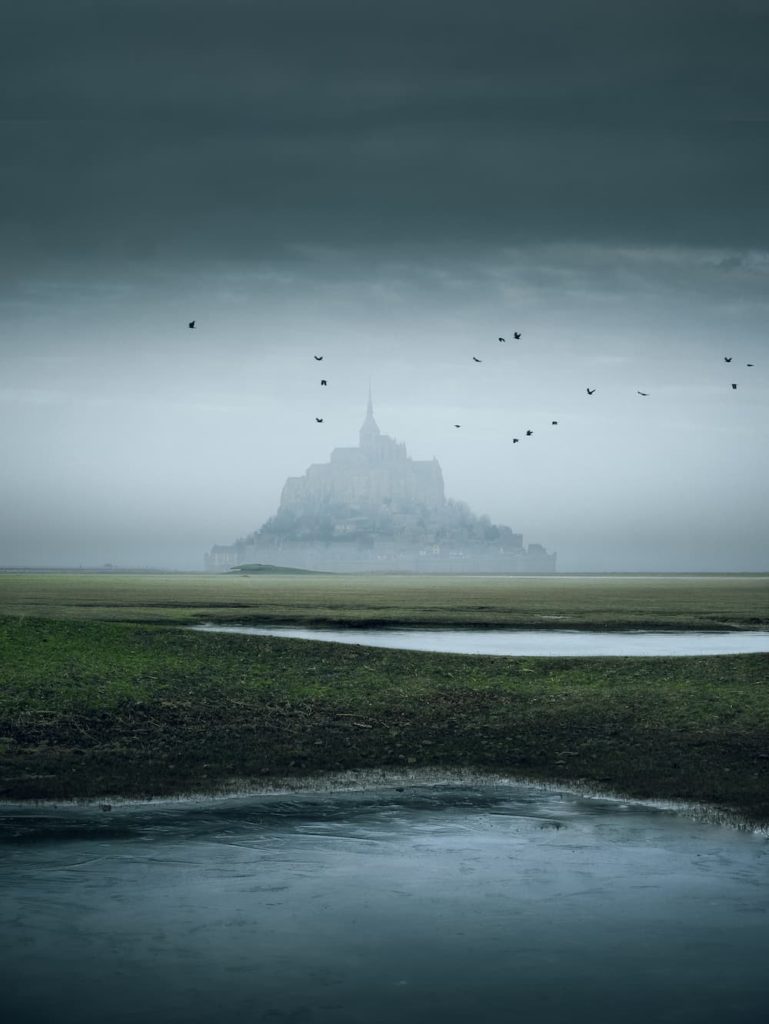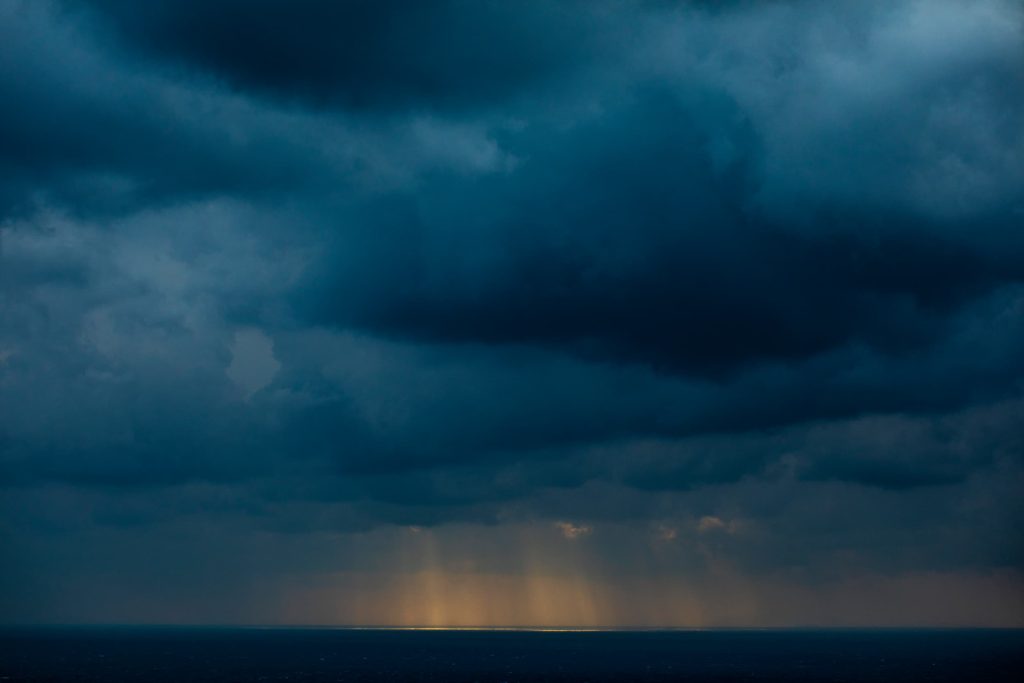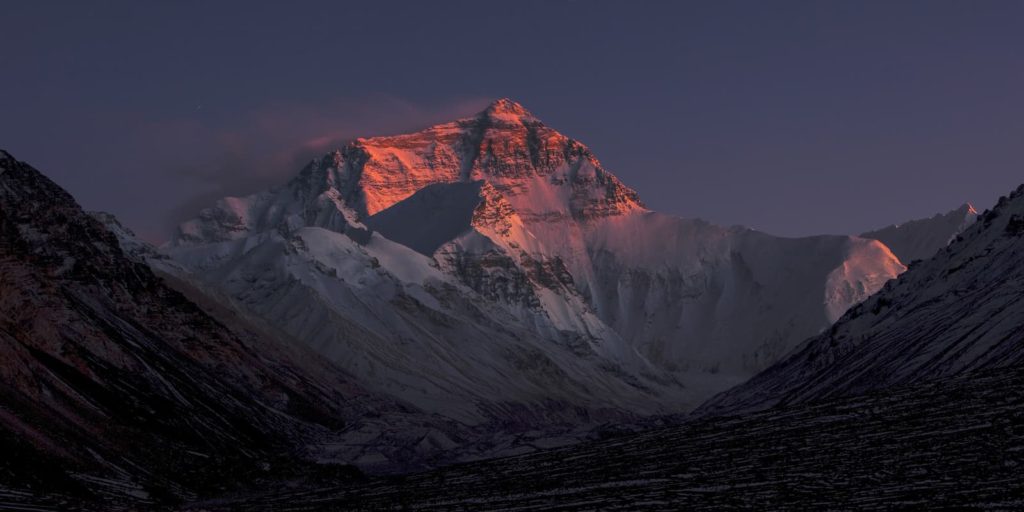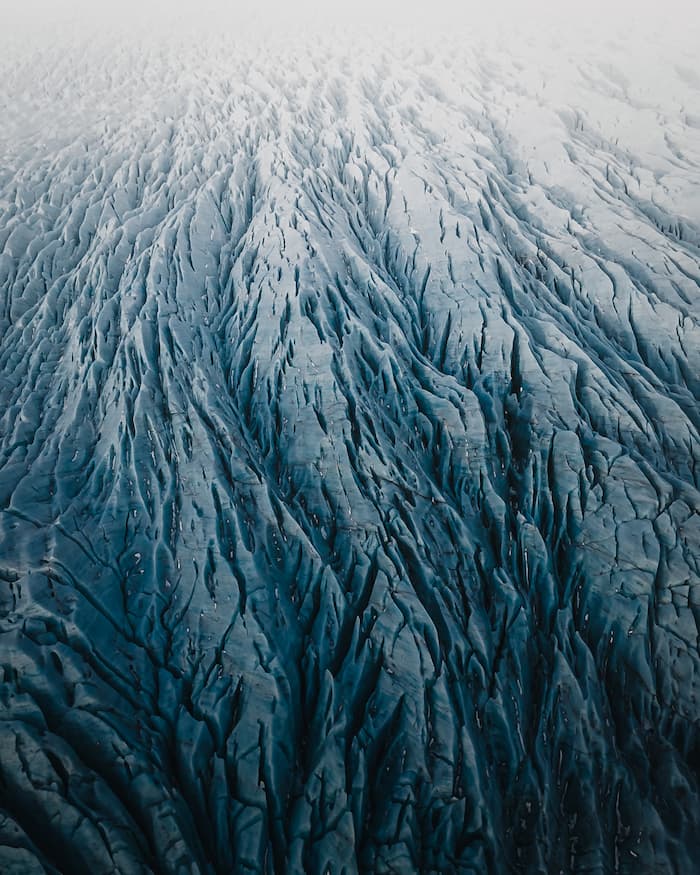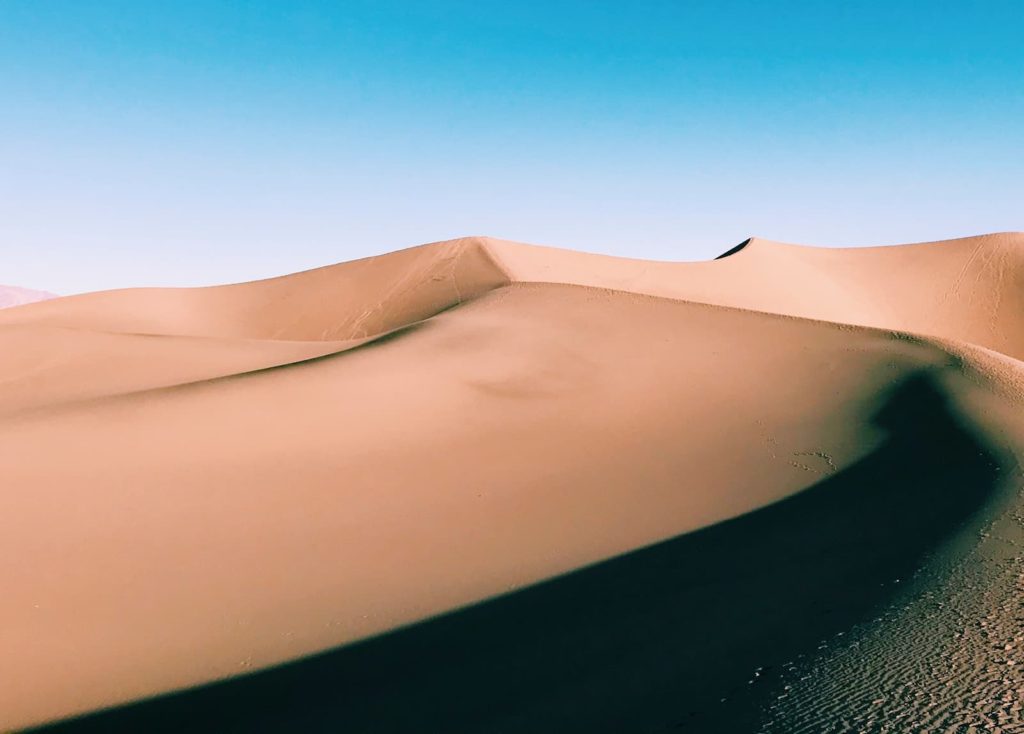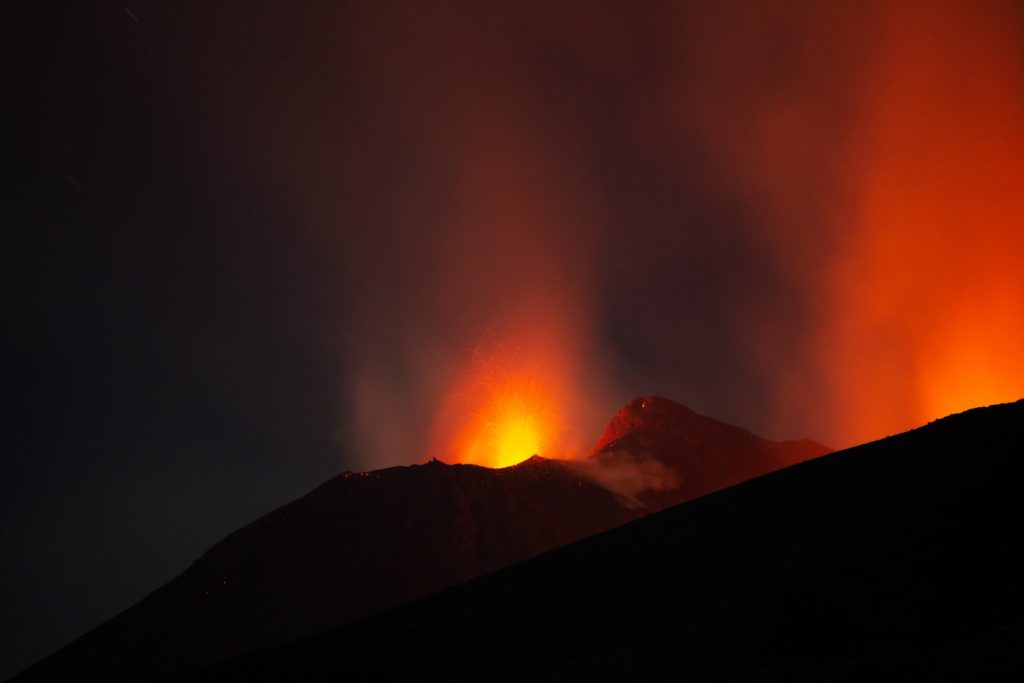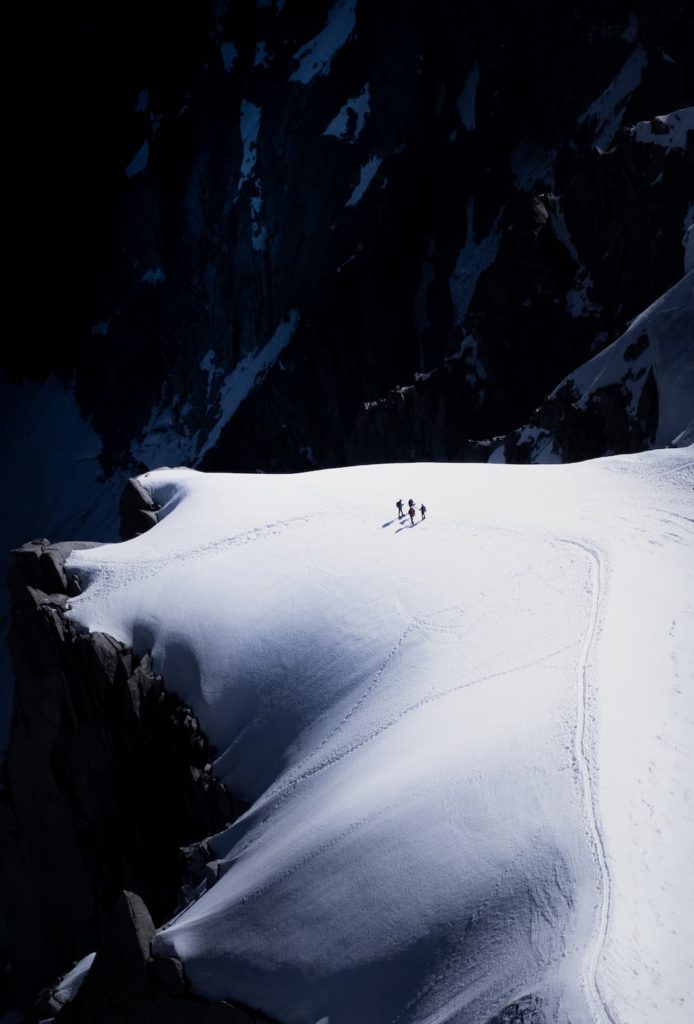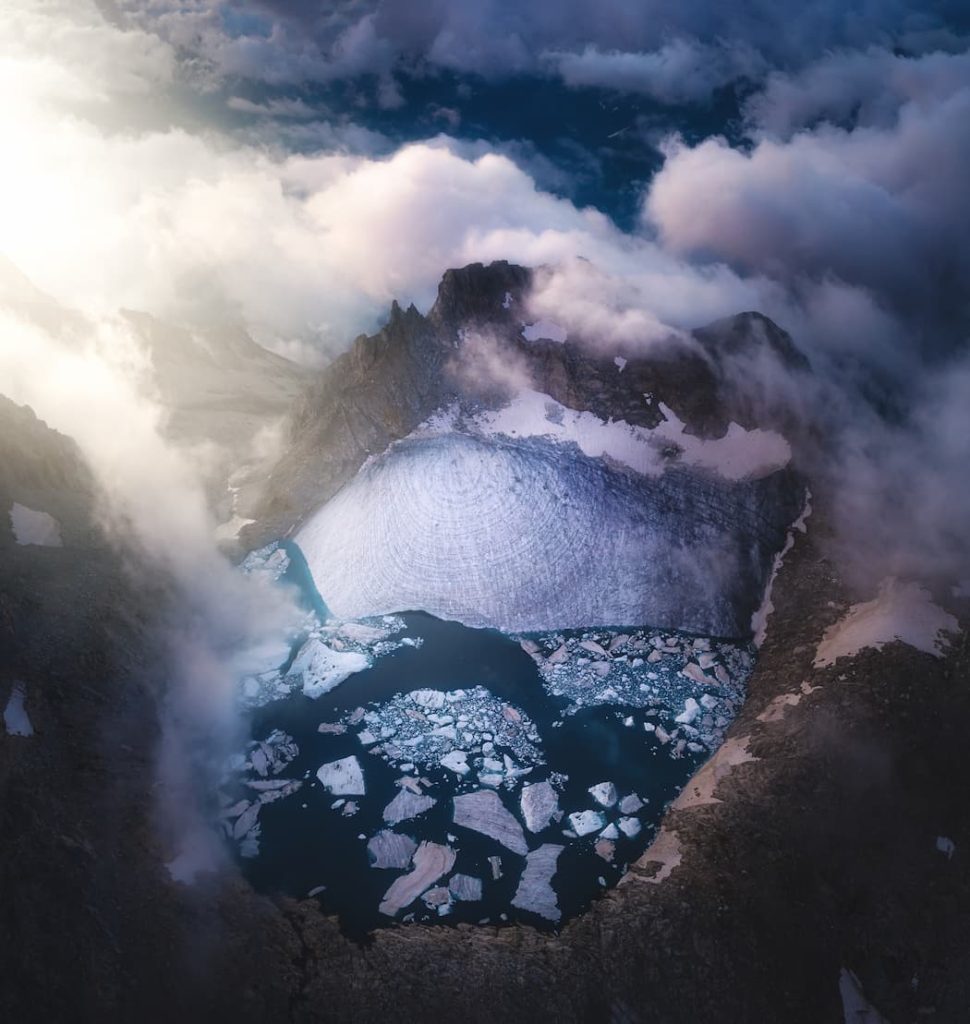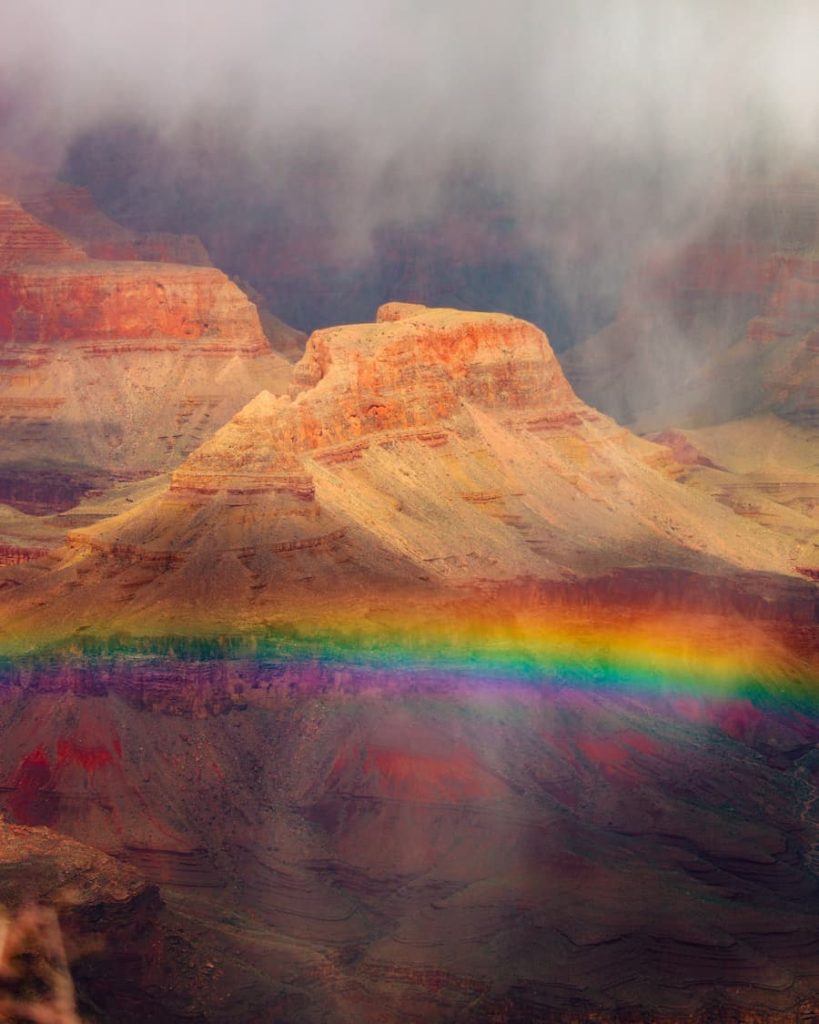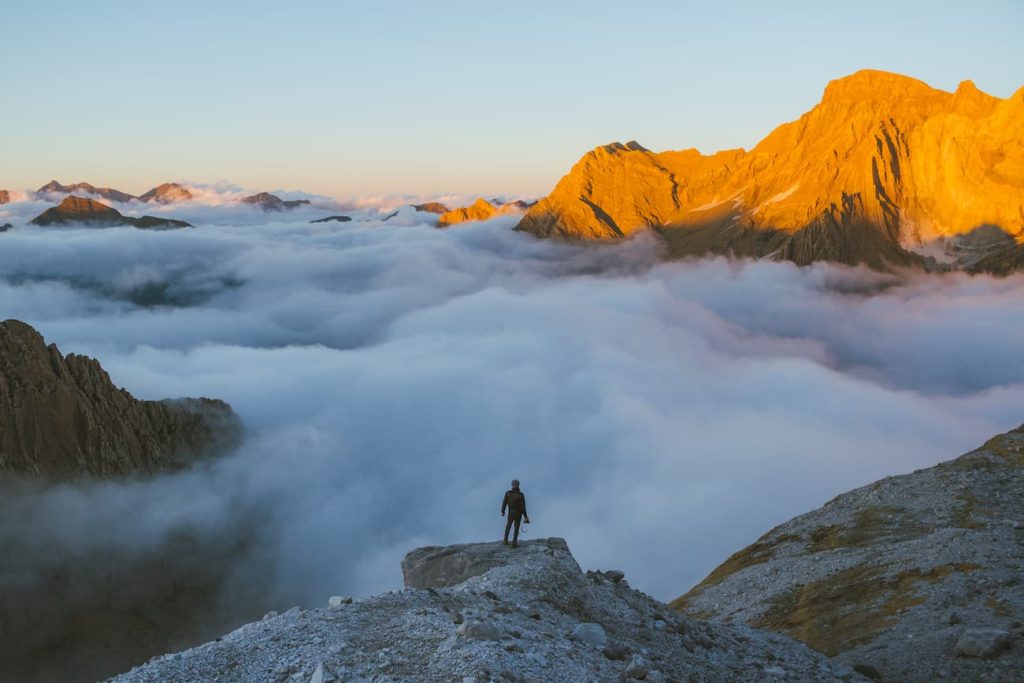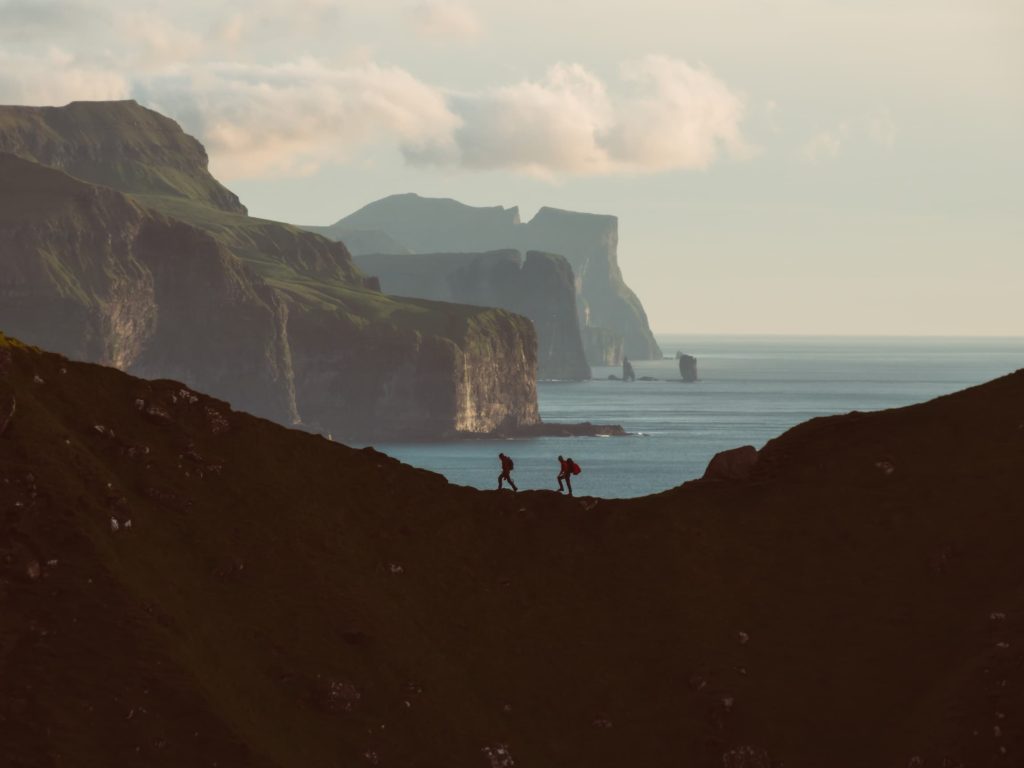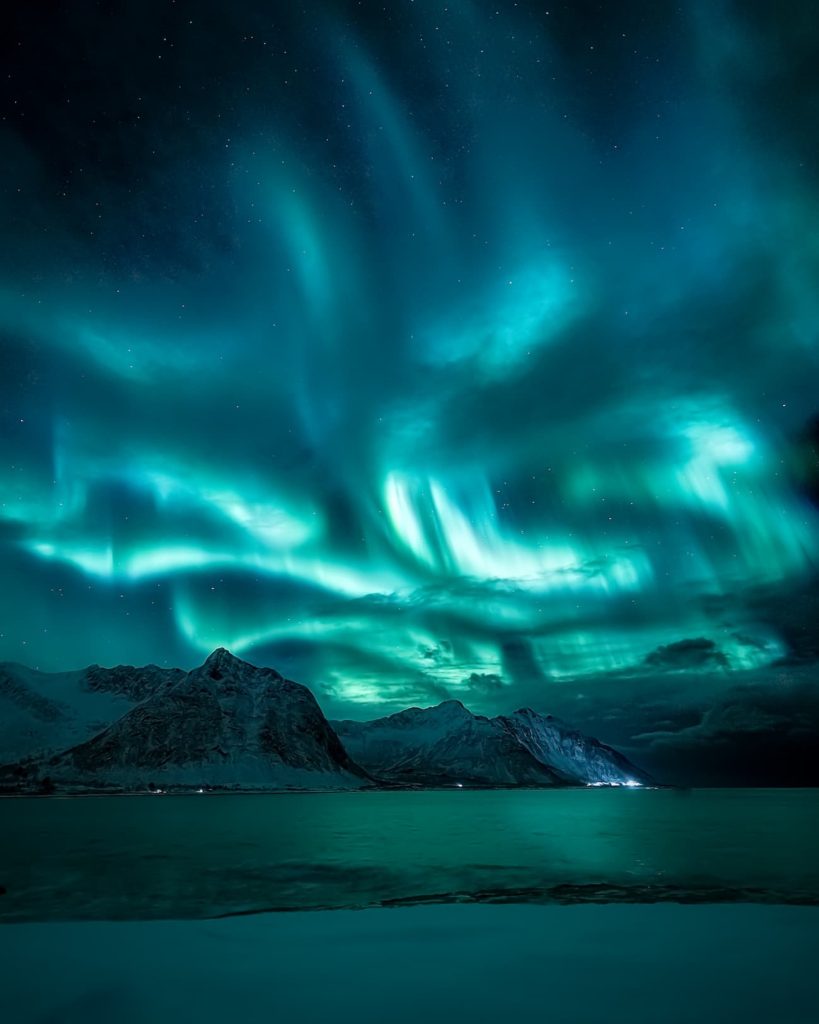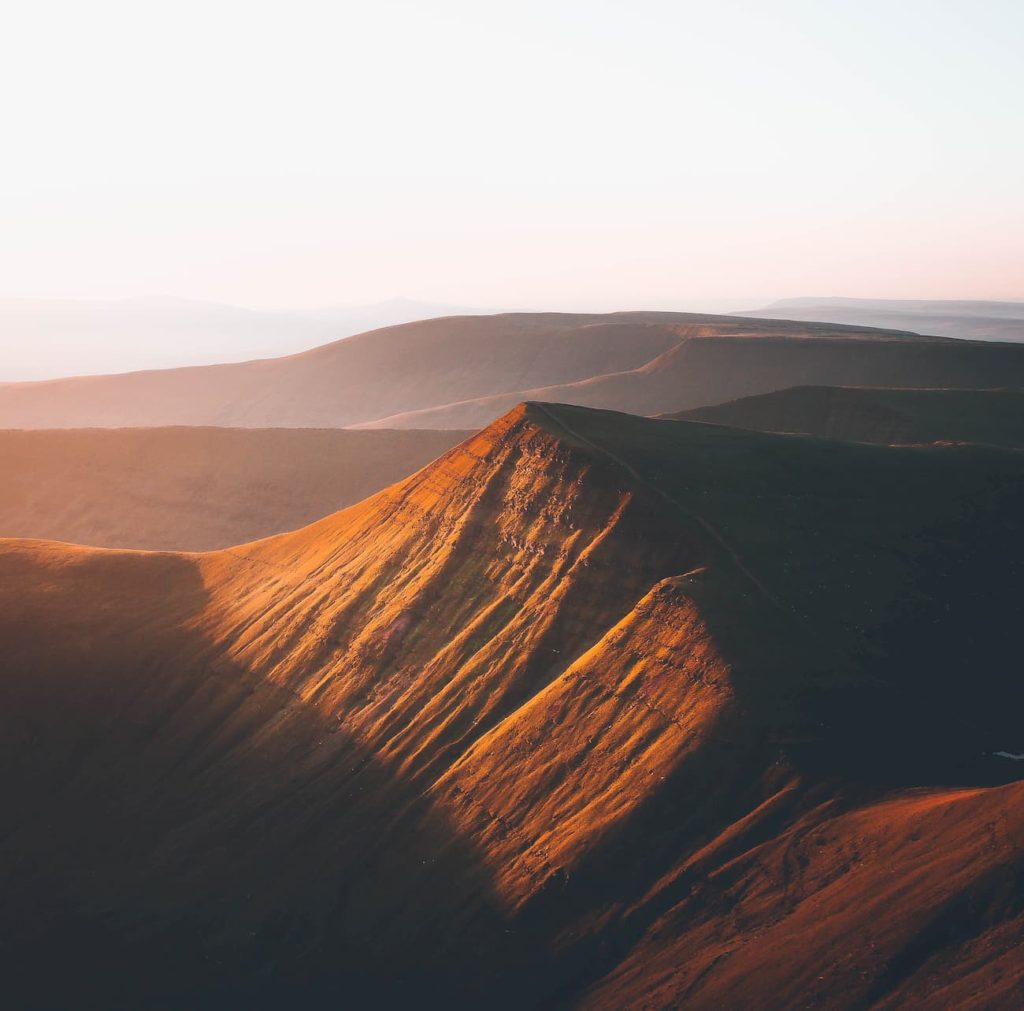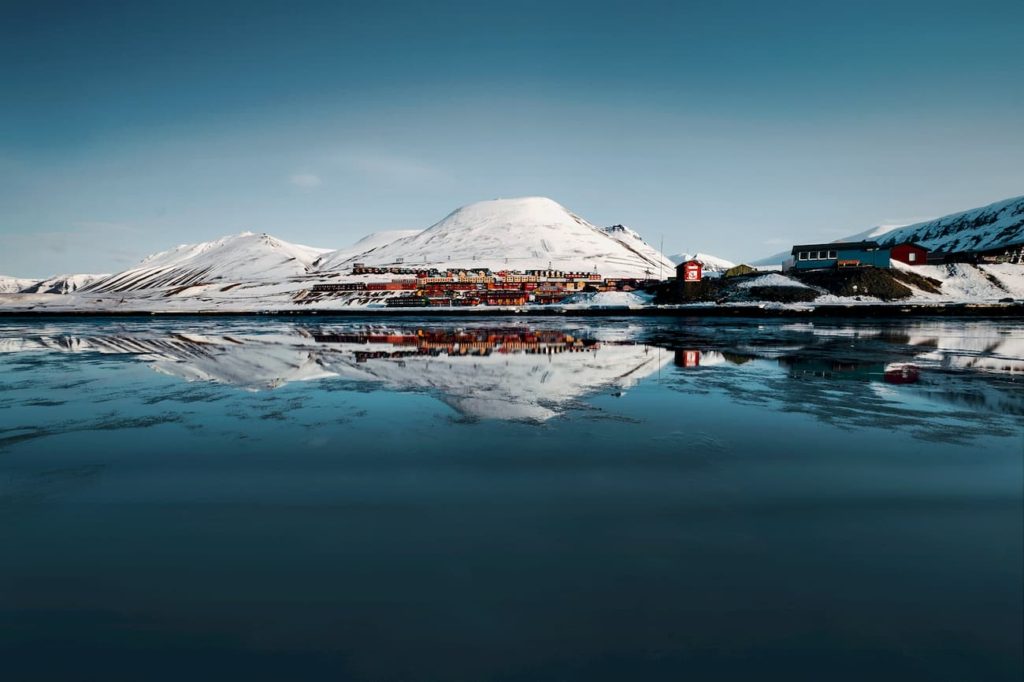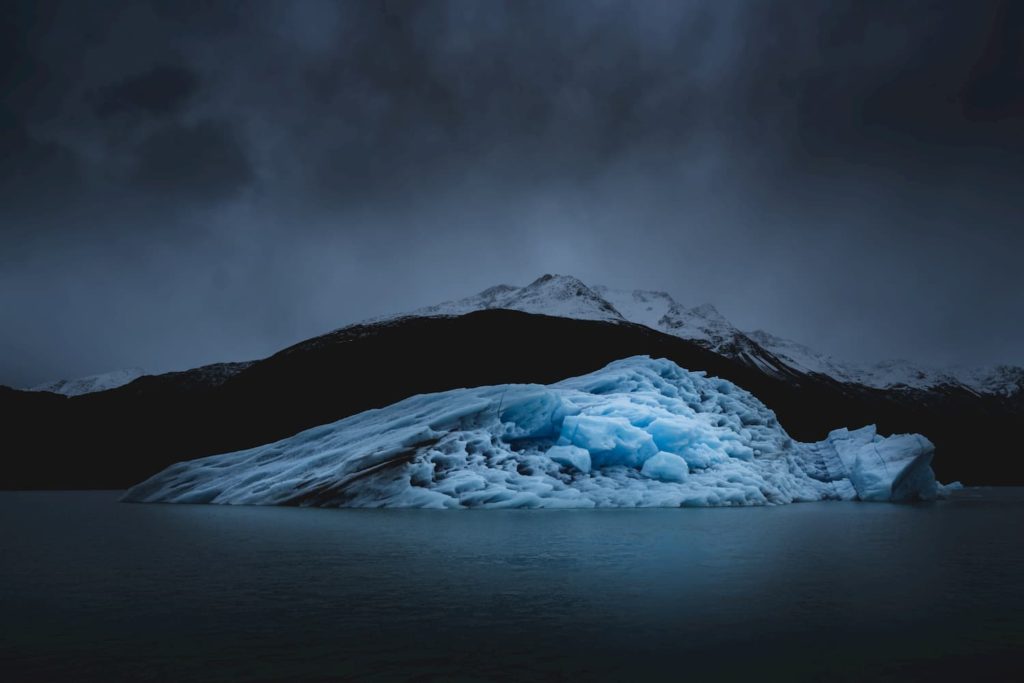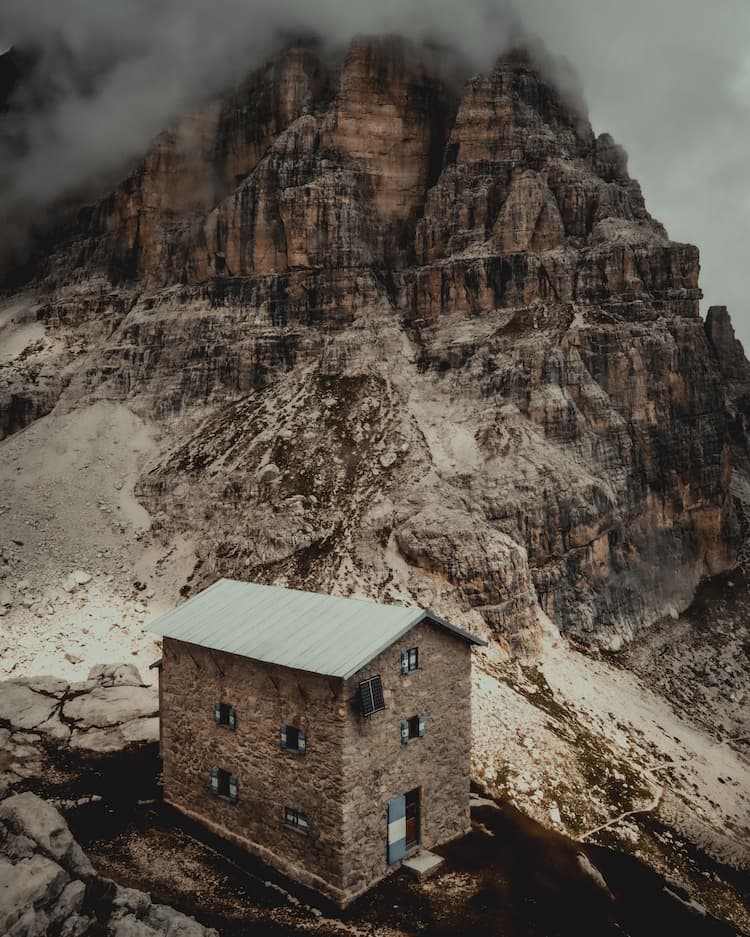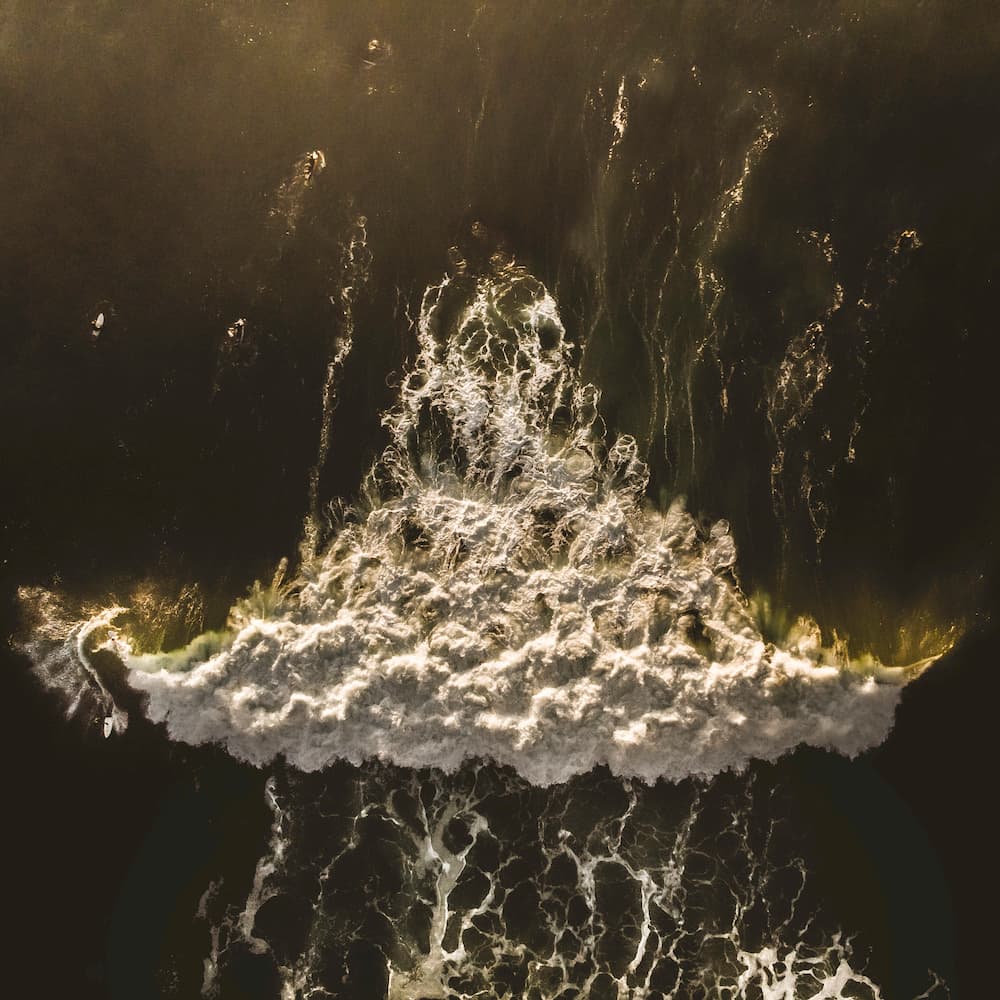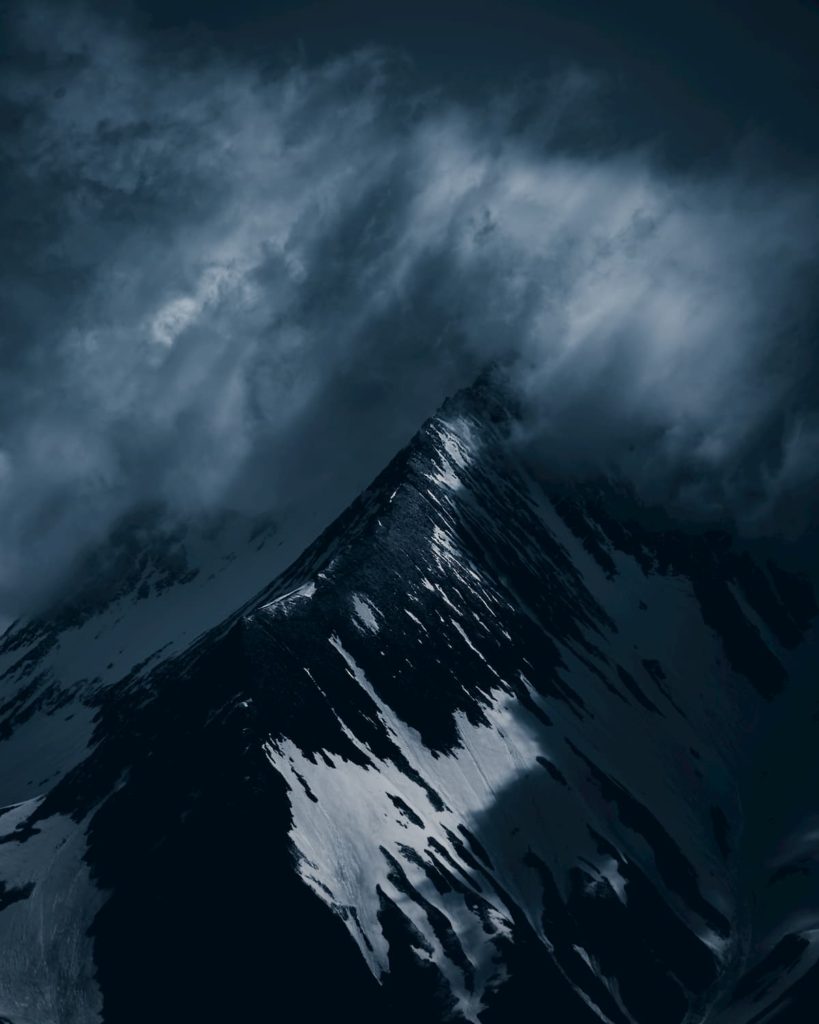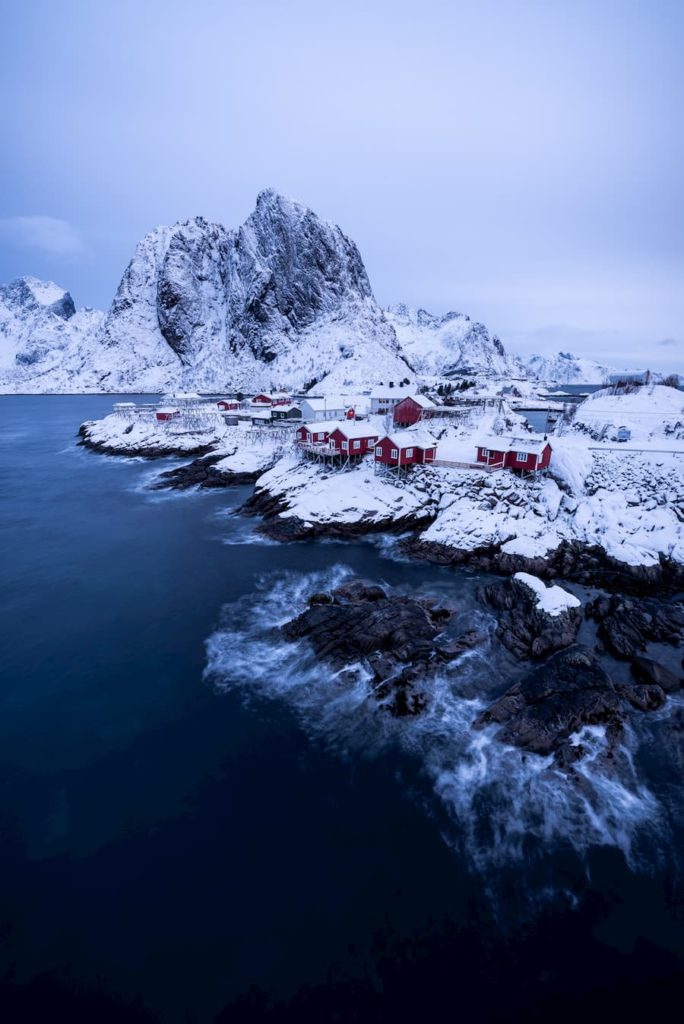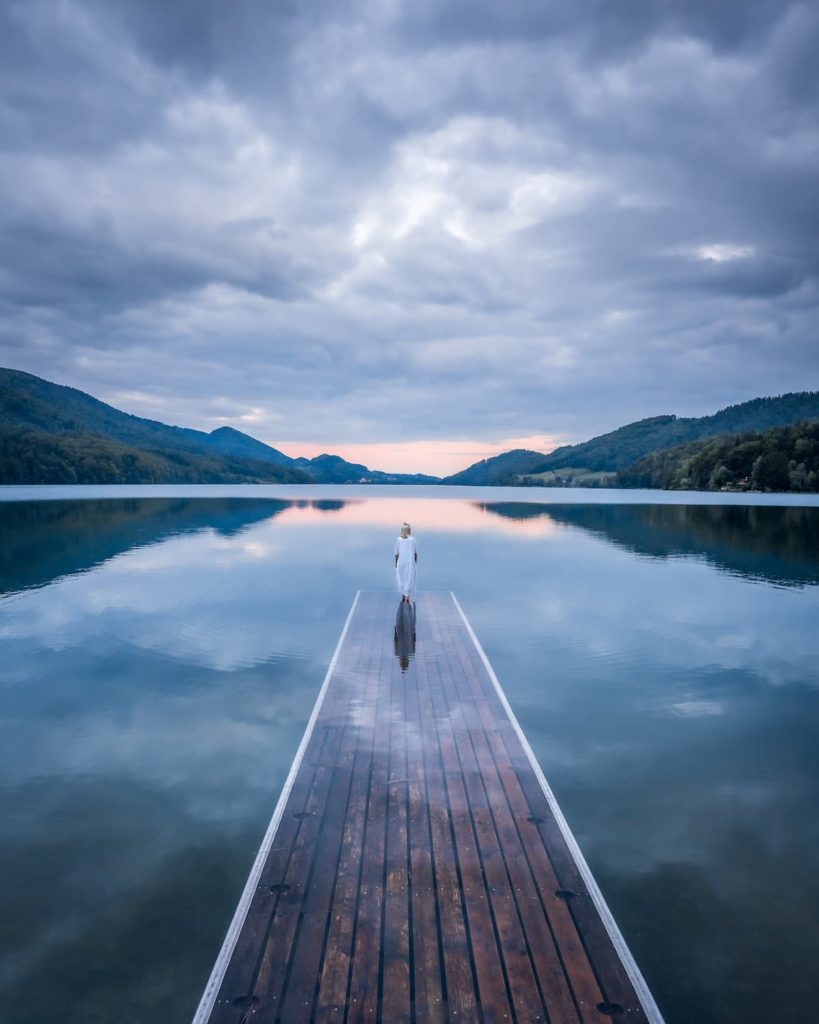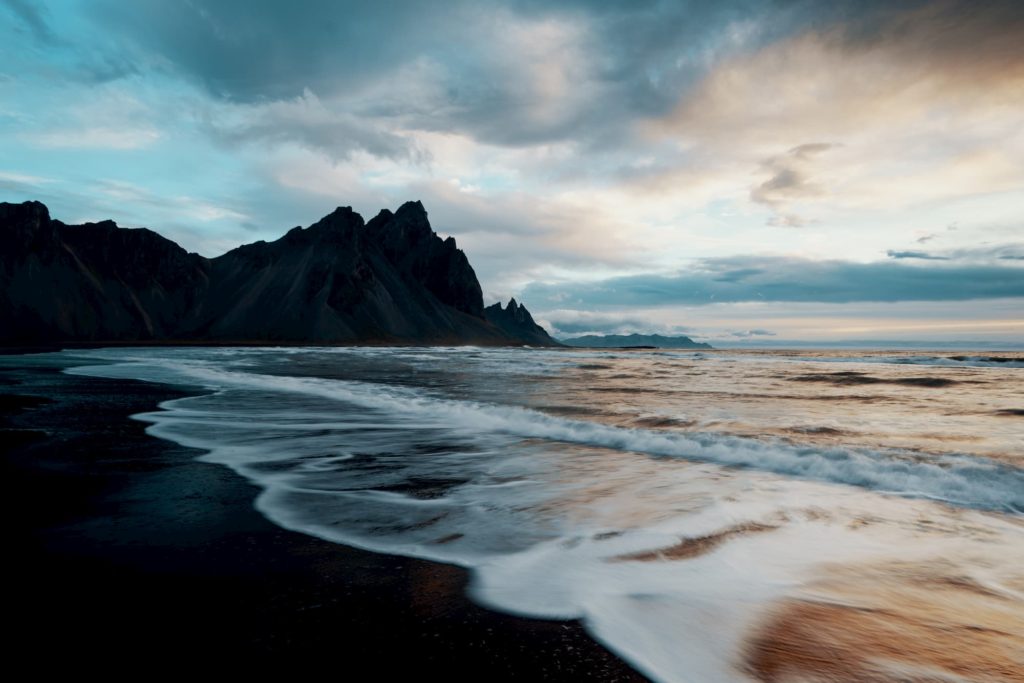
Matthieu Rocher
@_withmatt
Photographer based in France
Last year was crucial to me. Not solely because of the lockdown, but also because of a surgery I had to undergo. Having to stay in my apartment for the healing process felt like a double lockdown and to make the time go faster, I decided to relive the travels I had done the years before by editing some shots. I could spend entire days editing my photos which were mostly taken by phone. And that is how my photography journey really began – editing memories during a year I was limited in freedom due to Covid-19 and the surgery.
I secretly created an Instagram profile where I uploaded my edits and with every photo and every day of being confined, my desire to travel and escape increased. Remembering that I had felt limited in my creativity and expression when shooting with my phone, I bought a camera to be prepared for the moment that I could go outside again and shoot our beautiful nature. Since that moment, I have been photographing everywhere I go.
"Photography is now a great part of my life."
All my friends know about this passion now and push me to keep doing what I love and to do more. I am a sports teacher, however with the injury I have to be careful with and now having found photography, I’m thinking of doing photography as a full-time job. I asked for a year off next year to try it, while traveling at the same time. The dream would be to be a travel photographer – so just leaving with my camera and wandering places seems to be the best strategy to start with!
When I’m outside with my camera, I feel free. Freedom, not just in the sense of being outdoors in nature but also in creation, because shooting is never the same thing even if you go to the same place every day. And how you interpret the surroundings and atmosphere changes as well depending on your mood and energy. You can discover and create something new continuously and what is more beautiful than that? Since I do photography, I’m a lot more aware of things around me, when I’m hiking or traveling, and when I walk in a city.
As an artist, three key situations contributed the most to my development: A trip across Canada, another in Norway and the lockdown in 2020. About the first ones, driving across a country, being in the middle of nowhere, sleeping in a car facing the great nature of those places… It forces you to get to the essential and it’s been great learning for me regarding photography: go to the essential. You can find this mindset in my shots cause I’m always looking for the details, the minimalism even in a grand landscape.
"Then the Covid lockdown was a tough time but it contributed a lot to my development and growth as an artist and as a person."
First thing first, it makes you realize the chance we have to go where we want in normal circumstances. But the most important thing, not being able to express my creativity and the desire to explore got me to the point that now, I don’t want to be afraid anymore. It gave me the courage and convinced me to dive into photography and it worked. So now, I don’t want to be slowed down by fear of doing something new or unfamiliar. I’ll just do it or at least try it ! So, let’s be a photographer!
"The earth and human life have been my main inspirations to take on this path and they still are."
That’s why I love nature and landscape as much as I love life moments captured in the street. In my mind, the inspiration I obtain with street photography is a real advantage for my work in travel photography. And the other way around. It’s not always easy but by shooting in different circumstances you train your eye and that combined with ameliorating my editing skills, I can achieve a result that I’m pretty happy about almost every time. As I said earlier, I’m looking for minimalism.
I draw inspiration from looking at others’ photos – I think that is the deeper purpose of art, to inspire and be inspired, a continuous back and forth of expression and interpretation. I love watching the work of photographers, there’s a lesson in each shot.
In that regard, I had seen many photos from Mont Saint Michel, France, before I finally went to this iconic spot myself. I planned to stay two or three hours maximum at this typical spot called “the meander” of Mont Saint Michel. Nevertheless, I was so in the flow that I stayed all day until the sunset! One can guess that the area is vast but it is bigger than it seems. You can walk all day between those water paths (as long as you have boots). Despite the area being that vast, there is still just one classic photo illustrating the perfect curves leading to Mont Saint Michel. It’s for a reason, of course, but I totally dislike coming to a place to take the shot that everyone knows and leave. I wanted to go home with something new, showing something different from the standard, the expected. So I walked, and walked, and walked…
On the first shot, I found a meander less perfectly curved than the most known, but so authentic. I searched for an angle to make it lead to the Mont Saint Michel and the composition was perfect for me. I also think that this photo really shows the walk I did that day! The second shot shows how much time I stayed in the spot to get the shot I wanted. That day was cloudy, rainy, and greyish… And the birds passing by in the frame enhances this drama mood that was so present that day.
I am always trying to transmit an emotion through my shot, and I would say that editing, for me, is 70% of the work. While I shoot in RAW, the editing process gives me the possibility to bring out the ambiance and conditions I experienced when I was shooting. To use a shot from Mont Saint Michel as an example, my editing process looks as follows:
"The objective for this photo was to give back to this picture the drama mood I had that day with the restless birds, clouds, and the darkness, and to make the Mont Saint Michel the star of this photo."
1) I adapt the general and color settings to give a real ambiance to the shot and break the flatness of the RAW format. To get the drama mood I had in mind, I had to get some cold colors, going to the blue. I also added a green cold to give this impression of a land where nobody walks and I pushed the clarity and texture a little to make the water pop off a bit.
2) Then, still with the idea of making the picture dramatic, I want to add some darkness and I want the eyes of people watching this picture to go directly to Mont Saint Michel. To achieve that I use the gradual filter and radial filter. As you see below, the zone in red will be darker applying the gradual filter. With this, you have to be careful with lowering the saturation to not get something too blue.
3) At this point, the Mont Saint Michel and birds are not so much the stars of this image according to me, so I use the radial filter to push the exposition and clarity of those two subjects, and lead the eyes of people watching the photo.
4) The editing process is almost over but looking at it, I feel it misses something. As the two lakes on the front were really important in my choice for this composition, I make them more visible in this image by using the pen and with that, push exposition, clarity and texture a little bit.
5) Then, the cloud at the base of Mont Saint Michel is not apparent enough, so I’m using a radial filter to get the haze correction at a level that fits the image.
6) The last step is to create a balance in the image so everything fits together and that’s how I got to the final result:
If I feel a scene is dramatic, I love enhancing that mood through editing techniques. A good example of that are also the shots I took at the Trolltunga hike in Norway, which was surely one of the most impressive moments out of all my trips. First of all because the hike is amazing but mainly because, once we arrived at the rock, we couldn’t see anything at all. Everything was cloudy, we could just see the tongue of the troll 1km from the ground but that was it, literally. It forced everyone to wait until those clouds went away and at this moment, we realized the greatness of the place. That was the moment that impacted us; feeling so small, being confronted with an immensity that is hard to process, and an almost overwhelming fear caused by the height and the absence of protection against that very same immensity.
It’s those moments of impact that make a difference. One of the most liked shots on my Instagram was taken there. You can feel the greatness, the fear, the impact, the mood…mainly because of the person in the shot and the cloudy Nordic sky at 9 am. After a 14km walk, I captured the perfect memory.
That’s what photography should be about; capturing memories, however, wherever, whenever.
Would you like content like this sent to your inbox?
NOMADICT
ART GALLERY
THE LATEST STORIES
WRITEN WITH PASSION TO INSPIRE YOU

Miroslav Maršík (@miromarsik): Photographer based in Czech Republic
In this article, Miro shares how his love for cinematic music evolved into a deep passion for photography and how he uses light, color, and atmosphere to turn the streets of Prague into living film scenes.

Aurora photography panorama workflow: A guide to camera settings, editing, and color
In this article, Stefanie reveals how her background in physics sparked her passion for astrophotography and how she blends science with creativity to capture the beauty of the night sky. Readers will discover her approach to color, contrast, and editing, as well as her aurora photography workflow.

Yhabril (@yhabril): Best of the Week 33 at #nomadict
Spanish photographer Yhabril captures the profound connection between humans and the mountains that shaped him. Growing up in the Pyrenees, his work bridges outdoor sports, landscapes, and celestial scenes — often blending athletes, moonlight, and wilderness into striking visual stories.

Ariane Totzke (@besondersschwierig): Photographer based in Switzerland
In this article, Ariane shares how photography helped her navigate personal challenges, connect authentically with people and animals, and develop a philosophy rooted in empathy and artistic freedom. Readers will also discover her ethical approach to wildlife photography and her trusted equipment for both camouflage techniques and cameras.

How to photograph Dutch tulip fields: A guide to light, gear, composition, and colors
Discover how to photograph Dutch tulip fields in their most magical light. From choosing the right gear and lenses to mastering composition, color, and aerial perspectives, this guide shares creative techniques to capture the beauty of the Netherlands’ tulips. Learn how light, color grading, and proportion bring emotion into every frame.
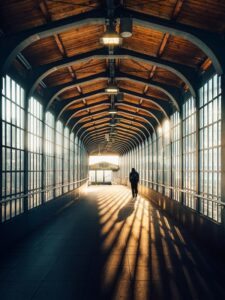
Cinematic city photography: An essential 6-step workflow
In this article, you’ll learn how to read and use light in your home city, choose the right technical settings for low-light scenes, and refine your editing workflow to shape color and atmosphere step by step. In addition, Dominik shares how to find fresh perspectives on familiar locations, five lessons that transformed his photography, and insights on the future of street photography.

Kyle van Bavel (@kylevanbavel): Photographer based in the Netherlands
Kyle van Bavel is a macro photographer with a distinctive, dreamy style that transforms the unseen details of nature into magical worlds. In this article, he shares how his unique vision, shaped by a journey of self-learning and overcoming dyslexia, has become his greatest creative strength.

Inês Preto (@minespreto): Best of the week 20 at #nomadict 2025
Inês is a nature photographer drawn to wild, remote places where weather, wildlife, and mood shape her storytelling. In this article, she shares the behind-the-scenes journey of capturing the Best of the Week image: a puffin trio on the Faroe Islands. She explains how she approached the edit of this image, and shares key lessons she’s learned through experience.
